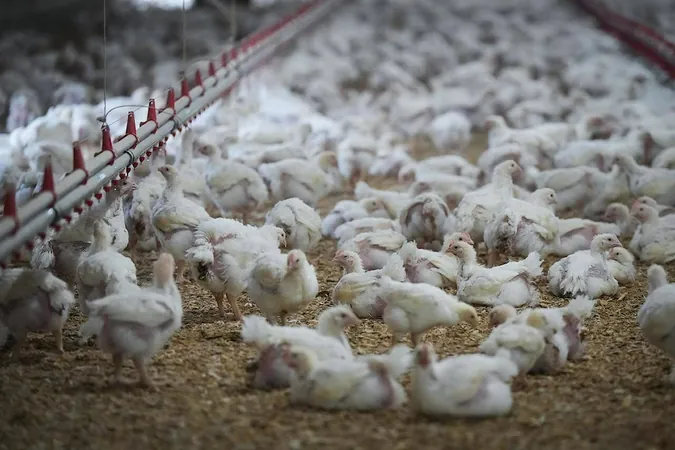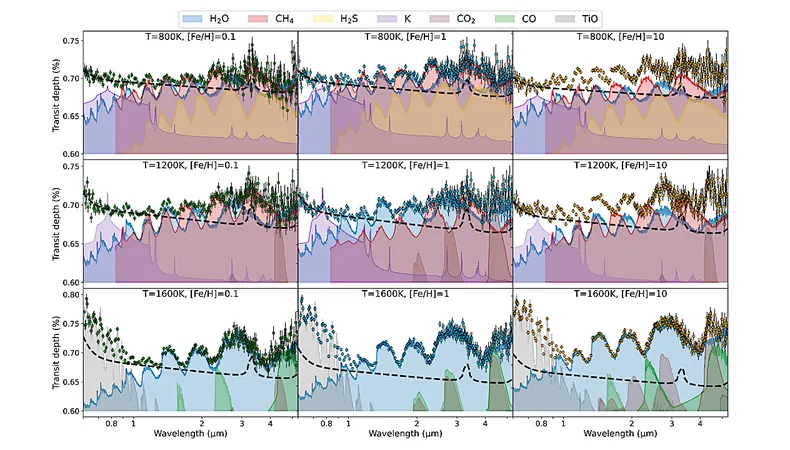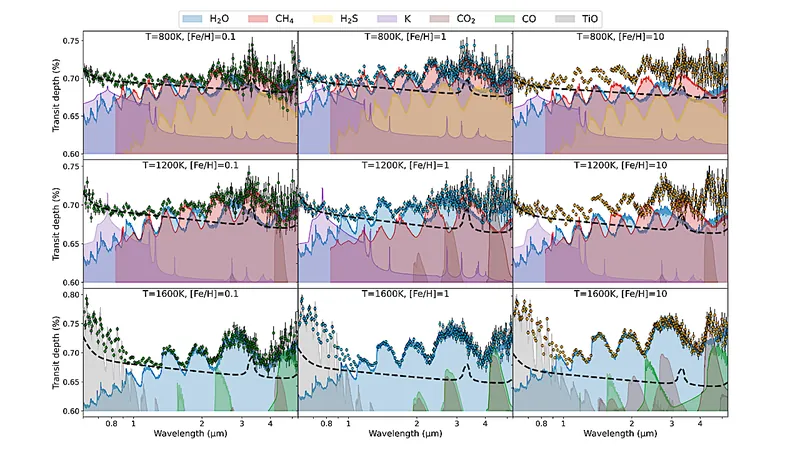
B.C. Teen Hospitalized in Suspected First Human Case of Avian Flu in Canada
2024-11-12
Author: Noah
A B.C. Teen Hospitalized
A teenager in British Columbia is being treated for a suspected case of H5N1 avian flu, marking a critical moment in Canada's public health history as it could be the first documented human infection in the country. The provincial government announced this alarming development over the weekend, with health officials indicating that the source of exposure is likely linked to contact with infected animals or birds.
Human cases of H5N1 remain exceedingly rare, and while transmission between people is uncommon, experts are raising concerns that increasing cases among animals could prompt the virus to evolve. Dr. Matthew Miller, director of the Michael G. DeGroote Institute for Infectious Disease Research at McMaster University, emphasized the importance of monitoring the situation for the sake of the affected young person and the broader community.
Currently treated at BC Children's Hospital, the teenager's condition has not been updated publicly as of Monday. It’s worth noting that the Public Health Agency of Canada reported that, despite the seriousness of this case, the general risk to the public remains low for now.
What is H5N1?
H5N1, commonly known as bird flu or avian flu, is a subtype of the influenza A virus that has predominantly affected birds but has also been reported in mammals. It belongs to a group of avian flu strains labeled as Highly Pathogenic Avian Influenza (HPAI) due to the severe illnesses it can cause in avian populations, particularly poultry. This strain of the virus has circulated among wild birds and poultry for over twenty years, with its wide prevalence causing concern among health officials, especially since reports of it making the jump to mammals have been on the rise this past year.
Human Infections: A Closer Look
Human infections with H5N1 are extremely rare, and, as the World Health Organization states, they usually occur through direct contact with infected birds or contaminated environments. Historically, Canada has recorded only one confirmed human case of H5N1, which was travel-related, occurring in 2014. In contrast, the U.S. has seen 46 confirmed human cases this year alone, largely among livestock workers, without any evidence of human-to-human transmission.
Infectious disease experts are worried about the virus's ongoing spread among diverse animal populations, as this increases the likelihood that it could mutate into a form that spreads more easily among humans.
Symptoms to Watch For
The symptoms of H5N1 can mimic those of the seasonal flu, including cough, fever, sore throat, fatigue, and headaches. However, this strain often leads to conjunctivitis, or "pink eye," particularly in cases among individuals who work closely with infected livestock, as noted by Dr. Miller. This occurs due to the strain’s unique binding properties that affect not just the respiratory tract but also the eyes, raising alarms about more severe respiratory illnesses should the virus reach deeper lung tissues.
Vaccination and Precautions
While the seasonal flu vaccine may not directly protect against H5N1, there is potential for it to mitigate severe disease outcomes owing to similarities in virus strains. Health experts advise anyone who works with animals to take precautions to reduce the risk of infection.
The Public Health Agency of Canada recommends that the public refrain from handling live or dead wild birds and maintain distance from sick or deceased animals, reinforcing the need for vigilance in this evolving situation.
In summary, as Canada navigates the implications of this suspected case, continued surveillance and public awareness are paramount to safeguarding health, especially with increased instances of H5N1 in various animal populations. The coming weeks will be critical in determining the trajectory of this outbreak and ensuring public safety.









 Brasil (PT)
Brasil (PT)
 Canada (EN)
Canada (EN)
 Chile (ES)
Chile (ES)
 España (ES)
España (ES)
 France (FR)
France (FR)
 Hong Kong (EN)
Hong Kong (EN)
 Italia (IT)
Italia (IT)
 日本 (JA)
日本 (JA)
 Magyarország (HU)
Magyarország (HU)
 Norge (NO)
Norge (NO)
 Polska (PL)
Polska (PL)
 Schweiz (DE)
Schweiz (DE)
 Singapore (EN)
Singapore (EN)
 Sverige (SV)
Sverige (SV)
 Suomi (FI)
Suomi (FI)
 Türkiye (TR)
Türkiye (TR)